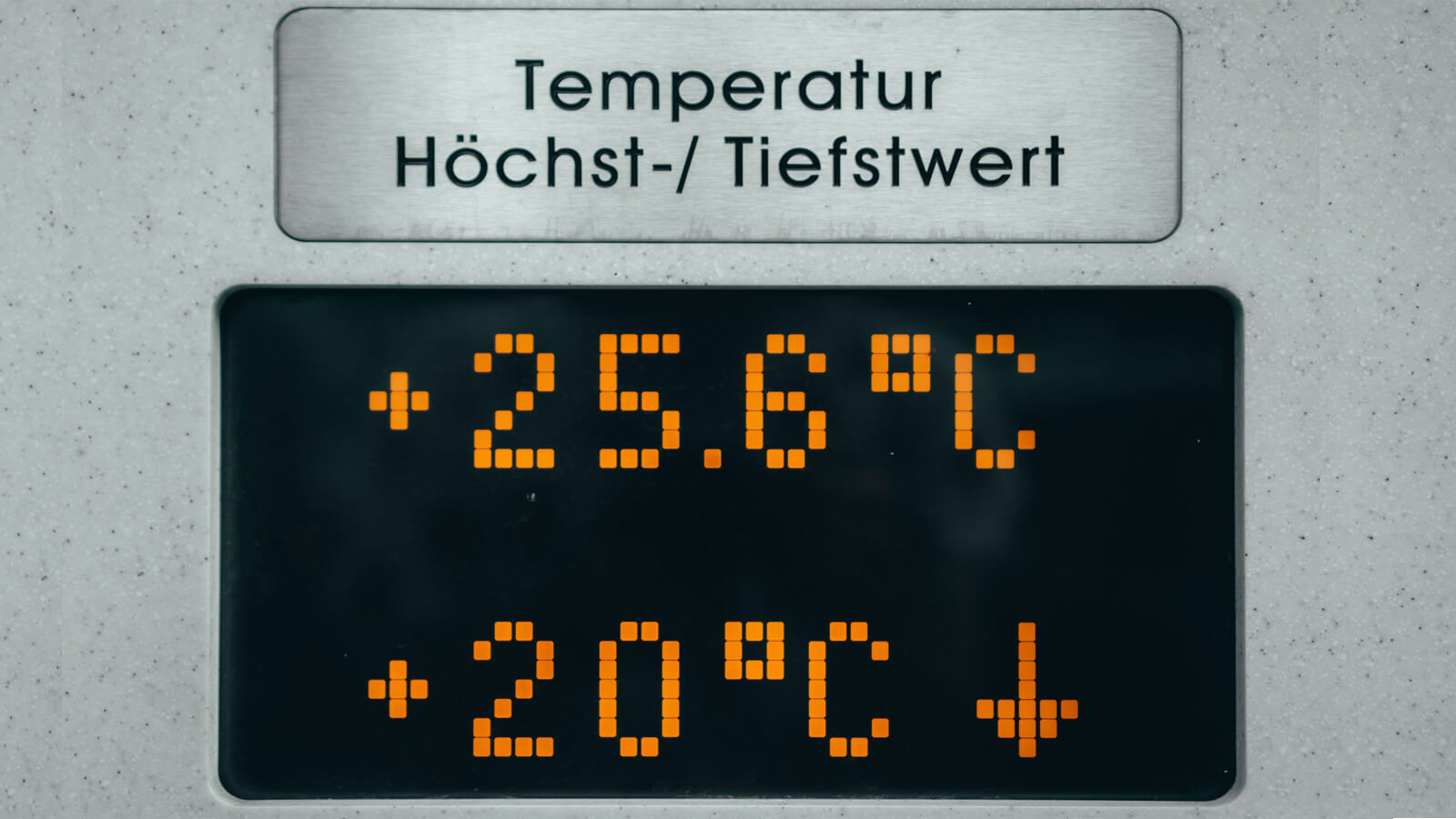
Neodymium magnets: a detailed overview of grades and their applications
Neodymium magnets are among the most powerful magnetic materials in the world. Thanks to their exceptional magnetic strength and versatile applications, they are used in various industries – from technology to automotive. This article will help you understand the details about neodymium magnet grades, their properties, and practical applications.
Classes of neodymium magnets and their designations
Neodymium magnets are classified according to a system of letters and numbers. The letter “N” stands for neodymium, while the number specifies the maximum energy product BHmax. For example, grade N42 indicates a magnet with a defined range of magnetic strength.
Key magnet grades:
N38: The smallest of the commonly used grades, sufficient for basic applications.
N42: A popular grade, often used in electronics and industrial projects.
N52: The strongest available grade with high magnetic power.
How to choose the right grade?
The choice of magnet grade depends on the specific requirements of the project. Higher grades, such as N52, offer greater magnetic force but may be more expensive and more susceptible to temperature effects.
Example applications:
N38: Used in everyday applications, such as fridge mounts.
N52: Ideal for applications requiring high power, such as generators.
Temperature resistance
Operating temperature is an important factor when selecting a magnet. Standard neodymium magnets, like N42, lose their properties at temperatures above 80°C. Therefore, in extreme conditions, special high-temperature grades are used.
Examples of high-temperature grades:
NM: Withstands up to 100°C.
NH: Withstands up to 120°C.
NUH: Withstands up to 180°C.
Curie temperature – the ultimate limit
The Curie temperature defines the point at which a magnet permanently loses its magnetic properties.
For example:
N48: Curie temperature of about 310°C.
NUH: Curie temperature of about 350°C.
Understanding this parameter is crucial to avoid damaging the magnet due to overheating.
Summary
Neodymium magnets offer a wide range of possibilities depending on the grade and properties. When choosing the right magnet, be sure to consider its magnetic strength, temperature resistance, and the specific needs of the project. This will ensure optimal performance and durability.
Why do magnets shine?
Q&A - Questions and Answers
Source:
Tags:
czwartek 2025-01-02T18:00:00

